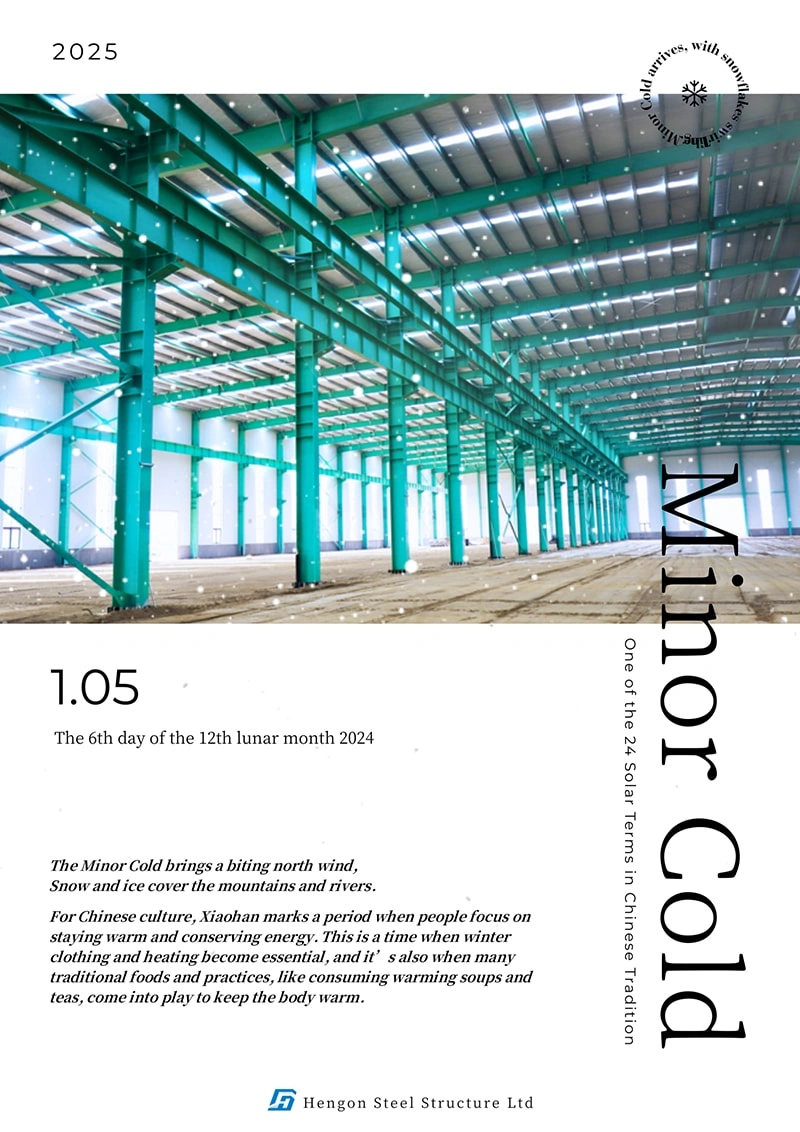In the field of modern construction, steel structure buildingsare increasingly favored for their unique advantages. This article will introduce you to some basic knowledge about steel structure buildings, helping you to better understand this form of construction.
1. What are Steel Structure Buildings?
Steel structure buildings refer to buildings whose main load-bearing structures are made of steel. Known for their high strength, lightweight, fast construction speed, and excellent seismic performance, steel structure buildings are widely used in industrial plants, high-rise buildings, bridges, and large public facilities.
2. Advantages of Steel Structure Buildings
Lightweight and High Strength
The high strength-to-weight ratio of steel allows steel structure buildings to support larger spans and weights while reducing material usage and the building's own weight.
Fast Construction
Steel structure components can be prefabricated in factories and assembled on-site, significantly shortening construction periods and improving construction efficiency.
Good Seismic Performance
Steel structures have good ductility and toughness, effectively absorbing and dispersing seismic waves to reduce damage to buildings during earthquakes.
High Space Utilization
Due to the high strength of steel, steel structure buildings can be designed with large spans, reducing internal support structures, and increasing space utilization.
Environmentally Friendly and Sustainable
Steel materials are recyclable, causing less environmental impact and aligning with sustainable development requirements.
Low Maintenance Costs
Steel is corrosion-resistant, and maintenance and upkeep are relatively simple, which can reduce maintenance costs in the long run.

3. Types of Steel Structure Buildings
Light Steel Structure
Suitable for low-rise buildings such as warehouses and factories, with simple structures and quick construction.
Heavy Steel Structure
Suitable for high-rise buildings or large public facilities such as skyscrapers and sports stadiums, with complex structures and strong load-bearing capacities.
Spatial Truss Structure
Suitable for large-span buildings such as airports and exhibition centers, providing open column-free interior spaces.
4. Design Considerations for Steel Structure Buildings
Structural Rationality
Design should consider the rationality of the structure to ensure balanced forces in all parts and avoid local overloading.
Material Selection
Choose the right steel based on the building's usage requirements and environmental conditions, selecting appropriate anti-corrosion and fireproof treatments.
Connection Methods
There are various connection methods for steel structures, including welding and bolted connections, and the most suitable method should be chosen based on actual conditions.
Detailing
Pay attention to the detailing of steel structures, such as nodes and seams, to ensure the stability and durability of the structure.
5. Future Trends of Steel Structure Buildings
With the development of technology and increased environmental awareness, steel structure buildings are moving towards more intelligent, green, and modular development. Future steel structure buildings will pay more attention to energy efficiency, environmental adaptability, and humanized design.
In summary, steel structure buildings occupy an important position in modern construction due to their unique advantages. Understanding these basic facts can help you better recognize and utilize steel structure buildings, bringing higher value to your projects.